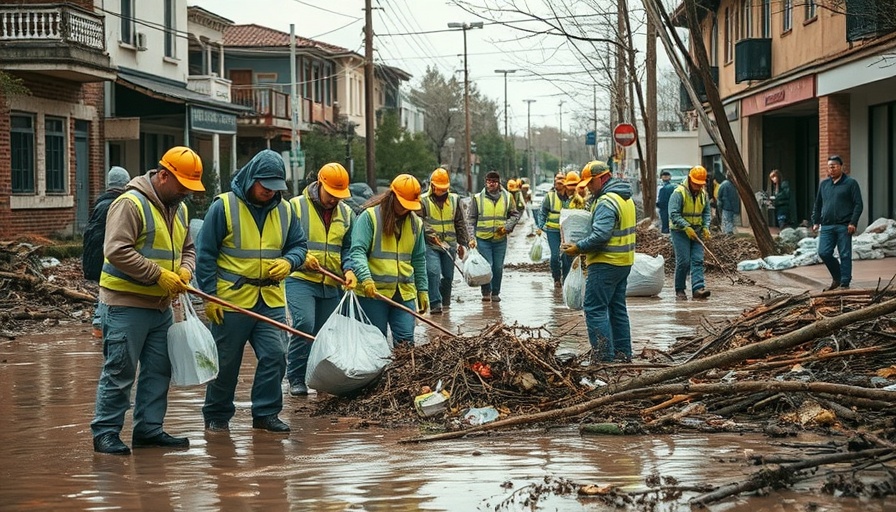
Texas Flood Disaster: A Community in Mourning
The catastrophic floods on July Fourth along the Guadalupe River in Kerr County have deeply impacted the region, leaving at least 132 confirmed dead and over 100 individuals still missing, as reported by state and local leaders. Recovery efforts are expected to be long and arduous, with officials indicating that the search for the missing could take up to six months.
Understanding the Scale of the Tragedy
As the floodwaters rose following torrential rains, many vacationers who congregated at the river for the holiday remain unaccounted for. Governor Greg Abbott highlighted the difficulty in assessing the exact number of the missing due to the lack of registration for many campers and visitors. "Most of those still considered missing were people who did not check into hotels or campsites," Abbott mentioned, emphasizing the challenge this poses for search efforts.
Community Response and Resilience
In the wake of this disaster, local officials and volunteers have mobilized to assist in recovery efforts. They are scouring through mountains of debris and maintaining communication with affected families. Kerr County Judge Rob Kelly noted the uncertainty in the list of missing persons, stressing that the numbers could fluctuate as more information becomes available. “We are doing the very best we can,” Kelly stated, reflecting the community’s determination to find their loved ones.
The Emotional Toll on Families
The emotional burden of the floods is being felt keenly among families who are left waiting for news about their missing loved ones. As search teams continue their efforts, the community rallies together to support one another, sharing stories and holding vigils in honor of those lost. The personal impact of these events highlights the vulnerability of communities facing such natural disasters.
Lessons Learned and Future Preparedness
This tragedy serves as a stark reminder of the need for better preparedness and response strategies during natural disasters. In the aftermath of the floods, discussions around emergency management practices have been rekindled. The importance of enhancing tracking systems for individuals during high-risk periods, such as holiday weekends, is becoming increasingly clear.
Local vs. Global Perspectives on Flood Recovery
While Texas grapples with the immediate aftermath of this flood crisis, it also aligns with broader trends observed globally in disaster response and recovery. Other regions have developed innovative techniques to improve resilience against flooding. Implementing best practices from areas that have successfully navigated similar challenges could prove beneficial for Texas moving forward.
Actions to Take Following a Flood Crisis
For residents and visitors alike, understanding how to navigate potential flood emergencies is crucial. Creating preparedness plans, knowing evacuation routes, and following weather updates can save lives. Communities are encouraged to participate in local emergency preparedness training to bolster their collective safety against future occurrences.
As the state rallies together in this challenging time, it’s evident that recovery will not happen overnight but requires ongoing support and commitment from both local leaders and the wider Texas community. Now more than ever, it is essential for residents to stay informed and secure resources to aid in local recovery efforts.
 Add Element
Add Element  Add Row
Add Row 



Write A Comment